I’m midway through my internship at the Archipelagos Institute for Marine Conservation in Samos, Greece.
My job involves finding a statistical correlation between the presence of a Mediterranean seagrass called Posidonia oceanica and coastal dynamics. Research suggests that it helps prevent coastal erosion in addition to storing CO₂ from the atmosphere. It grows in the top layers of the bathymetric profile of the sea. Around here, it’s everywhere, and you just need to borrow some snorkel equipment on a not-too-wavy day to see it: black and dense, contrasting with the bright blue of the Aegean Sea.
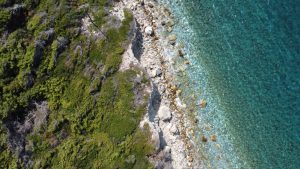
With the help of satellite images, we’re running algorithms that aim to predict the amount of meters that the coastline erodes or accretes as a function of the extent of the meadows nearby. To do this, we’re using traditional statistics to measure the strength of this relationship. Our initial results were not positive, showing little to weak correlation between the two. However, after cleaning the data and performing some precision assessments, we’ve managed to get results that indicate a significant correlation. Although the results seem promising, we are now working under the assumption that we’ll need to take a broader perspective and consider more phenomena to model the problem properly.
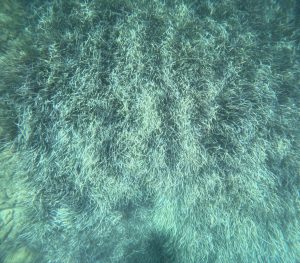
As we analyze the correlation between Posidonia oceanica and coastal dynamics, it becomes clear that understanding these relationships is just the beginning. Natural systems are highly interconnected, and there are many things we don’t understand about them. I’m now convinced that to scratch the surface of understanding the physical mechanisms involved in sea monitoring, many other sciences and citizen knowledge must be taken into account. This is an accurate analogy of how science requires input from different sources to develop a model that has the potential to explain reality.
Regarding my life in Greece
Living on a base, surrounded by young scientists and biologists from different parts of the world, has been extremely enriching as well. This constant interaction has awakened my curiosity about the potential applications of map-making for species and different marine environments. The initial purpose of this internship was to dip my toes into the possible interactions of geography, marine conservation, and ocean sciences.
At this point, I’m convinced that I want to pursue job opportunities in this field, bringing my experience as a geographer to enhance the understanding of how to regulate the impact of human activities on the rich and vastly misunderstood marine environments, thanks in part to the knowledge I’ve acquired in the past weeks.
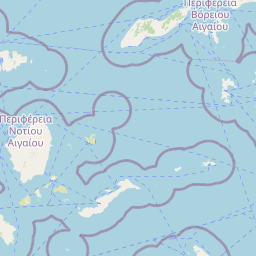






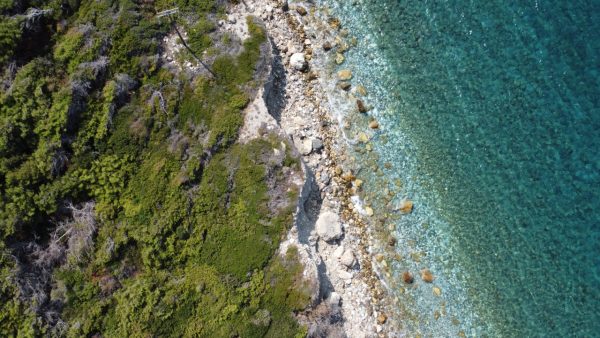
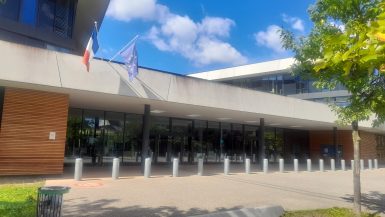
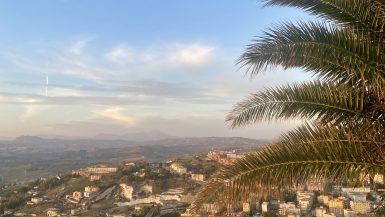
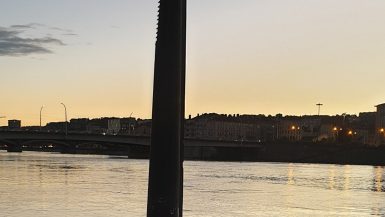
Lassen Sie einen Kommentar da